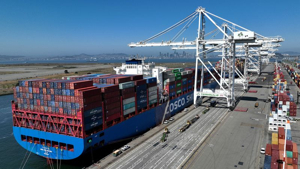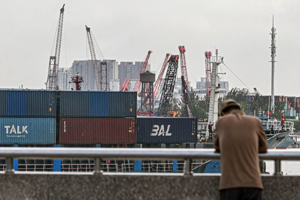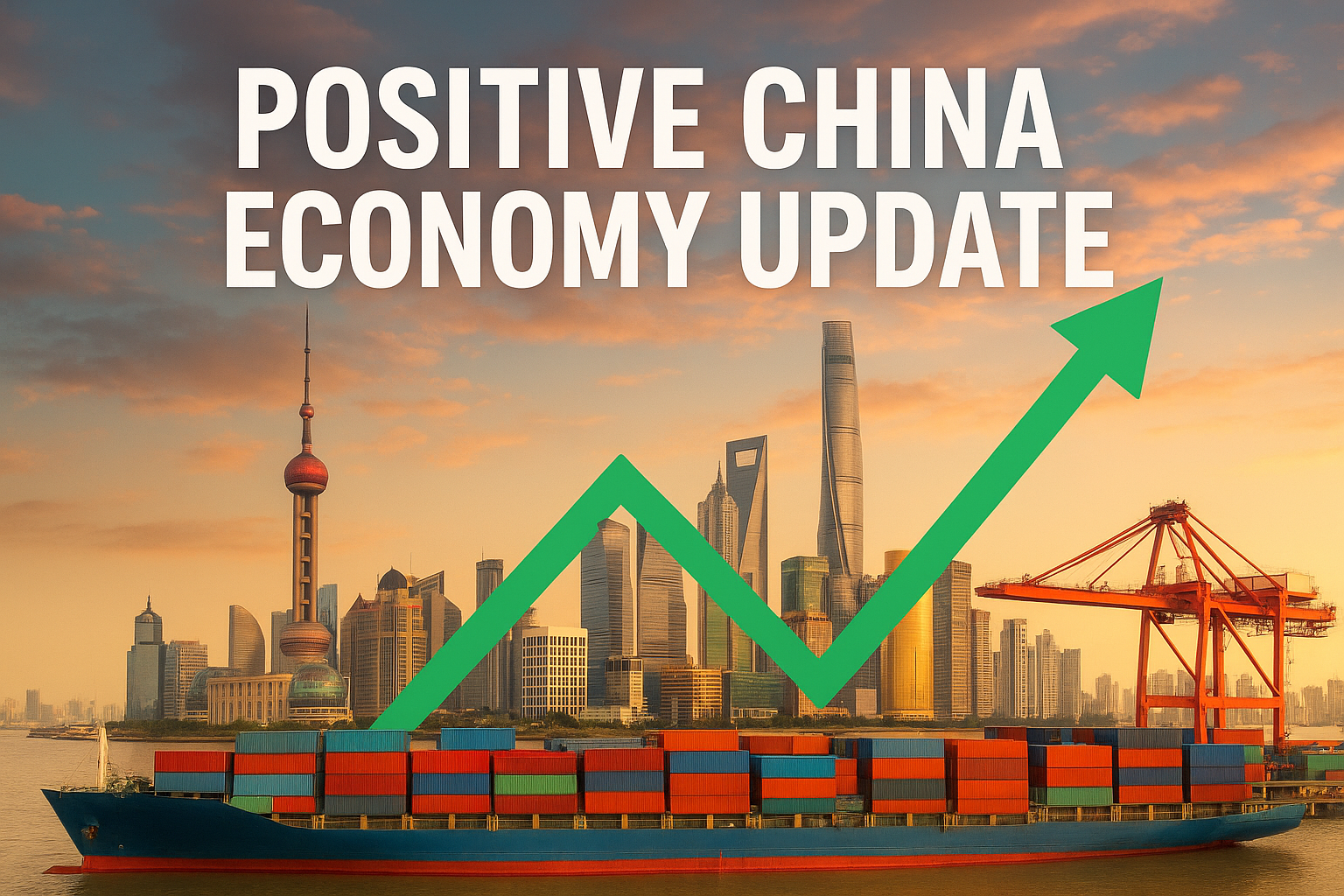In today’s China Economy Update, several major developments underscore the significant transformations happening across the world’s second-largest economy. From trade and export slowdowns to policy reforms on childbirth and rare earths, China is navigating an increasingly complex global environment.
Export Slowdown Signals Economic Pressure China Economy Update

One of the most striking items in the current China Economy Update is that China’s export growth slowed to a three-month low in May. Exports grew just 4.8% year-on-year in May, down from 8.1% in April. Meanwhile, exports to the U.S. plunged 34.5% year-on-year in value terms. Imports also dropped 3.4% in May. The combination of weak external demand and domestic headwinds is creating a cautious mood.
The concept here is that this export slowdown is the kind of that could impact global supply chains, investor sentiment, and domestic manufacturing. Producer-price deflation, too, deepened — with the producer price index falling 3.3% in May compared to a year earlier, the worst in 22 months.
Trade Talks and Rare Earths: Strategic Leverage China Economy Update

Another thread of relates to trade talks between China and the U.S. The two countries resumed discussions in London, with a focus on rare-earth minerals, export controls and bilateral trade issues. Notably, China granted temporary export licences to suppliers for the top three U.S. automakers, marking a subtle shift in its rare-earth licensing regime.
Why does this matter? Rare earths are critical components for electric vehicles, aerospace, and high-tech manufacturing. China produces about 90% of the world’s rare earths, giving it considerable strategic leverage. The latest moves are a key part of the narrative because they show that Beijing is adjusting policy in select areas, while still maintaining its long-term strategic positioning.
Domestic Policy Reform: Childbirth China Economy Update

In the domestic sphere, the latest includes a significant policy announcement: China’s health authorities said that all tertiary hospitals must provide epidural anaesthesia during childbirth by the end of the year, and secondary hospitals by 2027. The government is doing this as part of a broader push to improve the “childbearing environment” amid declining birth rates. The move also includes expanded maternity leave in certain provinces and incentives for families.
This is important because it shows China is addressing structural demographic challenges—another key facet of the story. A falling birth rate affects labour supply, consumption patterns and long-term growth prospects.
Market Reactions & Global Impact China Economy Update

The story doesn’t stop at trade figures or policy declarations—it also spurs global market reactions. For example, ahead of the U.S.–China trade talks, oil prices rose to multi-week highs, driven by hopes of improved trade relations and stronger demand from China. Similarly, Asian equity markets responded positively, with investor sentiment lifted by trade-talk optimism.
The interplay between China’s internal policies, its external trade posture, and global markets makes this a compelling piece.
Conclusion
In summary, the narrative spans trade, economy, policy reforms and global strategic positioning. China is grappling with an export slowdown, leveraging its rare-earth dominance in trade negotiations, and implementing domestic reforms to face demographic challenges. Each of these threads feeds into the broader story of how China is being reshaped internally and how it influences the global economy.
For anyone tracking global developments, being on top of the latest is essential—whether you’re focused on trade flows, commodity markets, demographic trends or geopolitical strategy.
One of the most striking items in the current is that China’s export growth slowed to a three-month low in May. Exports grew just 4.8% year-on-year in May, down from 8.1% in April. Meanwhile, exports to the U.S. plunged 34.5% year-on-year in value terms.

